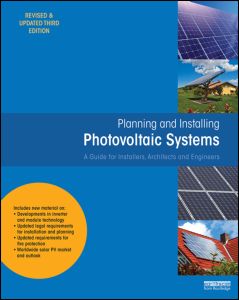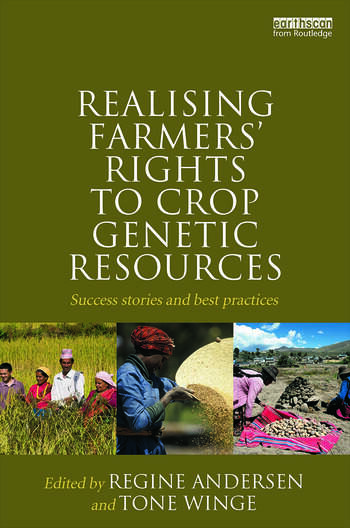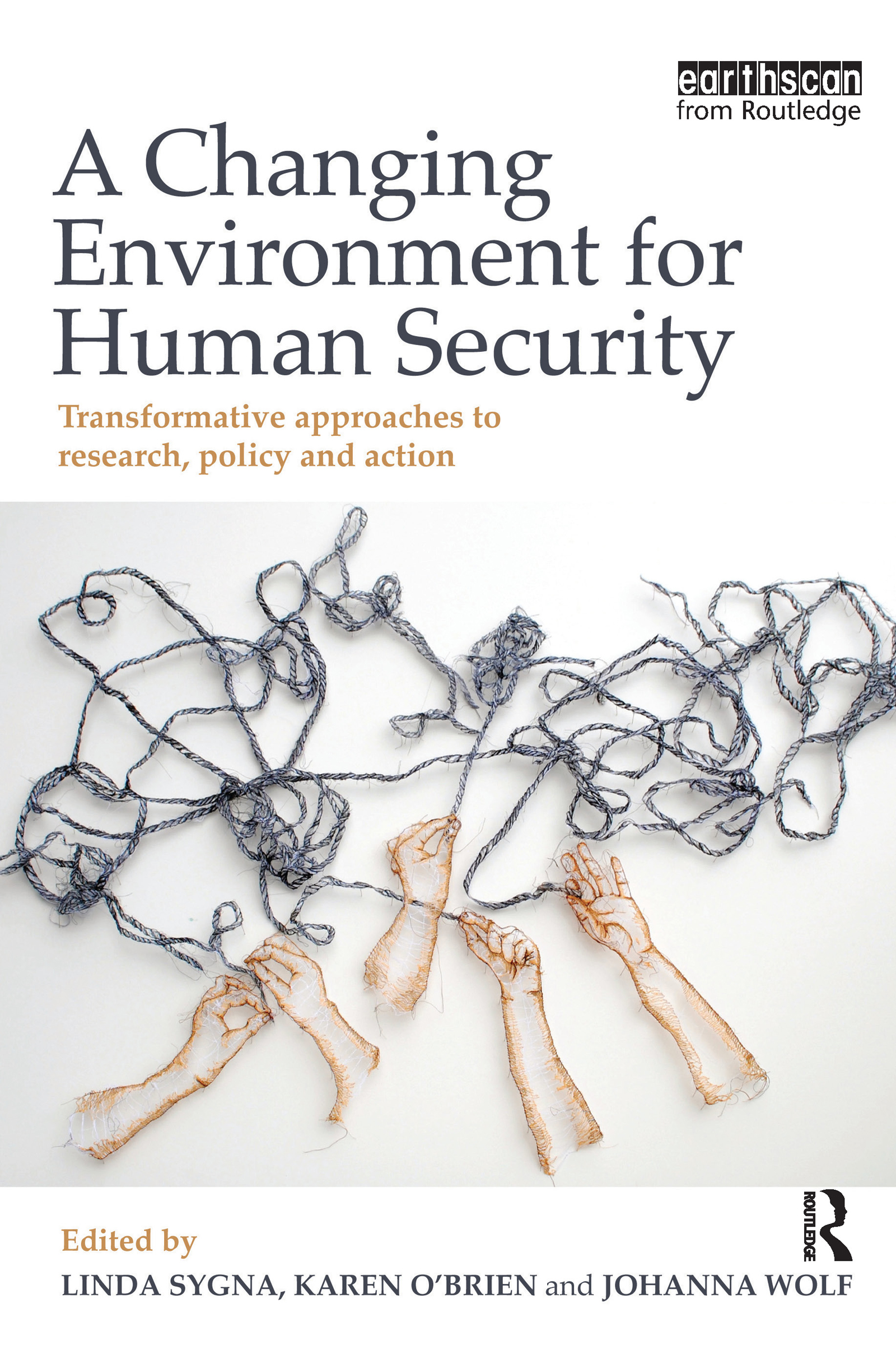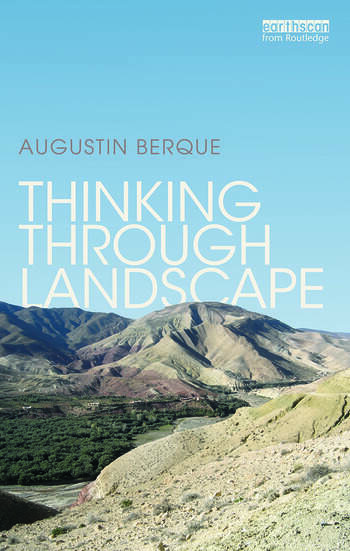Life, Liberty and the Pursuit of Food Rights: the escalating battle over who decides what we eat
Do Americans have the right to obtain their food privately from their friends and neighbours in the way their grandparents did? 'Yes' say a growing number of Americans who want locally grown food processed outside of the food industry. 'No' say public health regulators, who argue that all food must be regulated to ensure public health is maintained. These different answers are leading to a legal conflict which has seen farmers prosecuted for selling milk directly to the public. This book tells the story of the battle to determine who controls America's food.
o
Americans have the right to privately obtain the foods of our choice
from farmers, neighbors, and local producers, in the same way our
grandparents and great grandparents used to do? - See more at:
http://www.chelseagreen.com/bookstore/item/life_liberty_and_the_pursuit_of_food_rights#sthash.Zw0ukHJk.dpuf
Do
Americans have the right to privately obtain the foods of our choice
from farmers, neighbors, and local producers, in the same way our
grandparents and great grandparents used to do?
Yes, say a growing number of people increasingly afraid that the
mass-produced food sold at supermarkets is excessively processed,
tainted with antibiotic residues and hormones, and lacking in important
nutrients. These people, a million or more, are seeking foods outside
the regulatory system, like raw milk, custom-slaughtered beef, and
pastured eggs from chickens raised without soy, purchased directly from
private membership-only food clubs that contract with Amish and other
farmers.
Public-health and agriculture regulators, however, say no: Americans
have no inherent right to eat what they want. In today's
ever-more-dangerous food-safety environment, they argue, all food, no
matter the source, must be closely regulated, and even barred, if it
fails to meet certain standards. These regulators, headed up by the U.S.
Food and Drug Administration, with help from state agriculture
departments, police, and district-attorney detectives, are mounting
intense and sophisticated investigative campaigns against farms and food
clubs supplying privately exchanged food—even handcuffing and hauling
off to jail, under threat of lengthy prison terms, those deemed in
violation of food laws.
Life, Liberty, and the Pursuit of Food Rights takes readers
on a disturbing cross-country journey from Maine to California through a
netherworld of Amish farmers paying big fees to questionable advisers
to avoid the quagmire of America’s legal system, secret food police
lurking in vans at farmers markets, cultish activists preaching the
benefits of pathogens, U.S. Justice Department lawyers clashing with
local sheriffs, small Maine towns passing ordinances to ban regulation,
and suburban moms worried enough about the dangers of supermarket food
that they’ll risk fines and jail to feed their children unprocessed, and
unregulated, foods of their choosing.
- See more at: http://www.chelseagreen.com/bookstore/item/life_liberty_and_the_pursuit_of_food_rights#sthash.Zw0ukHJk.dpuf











